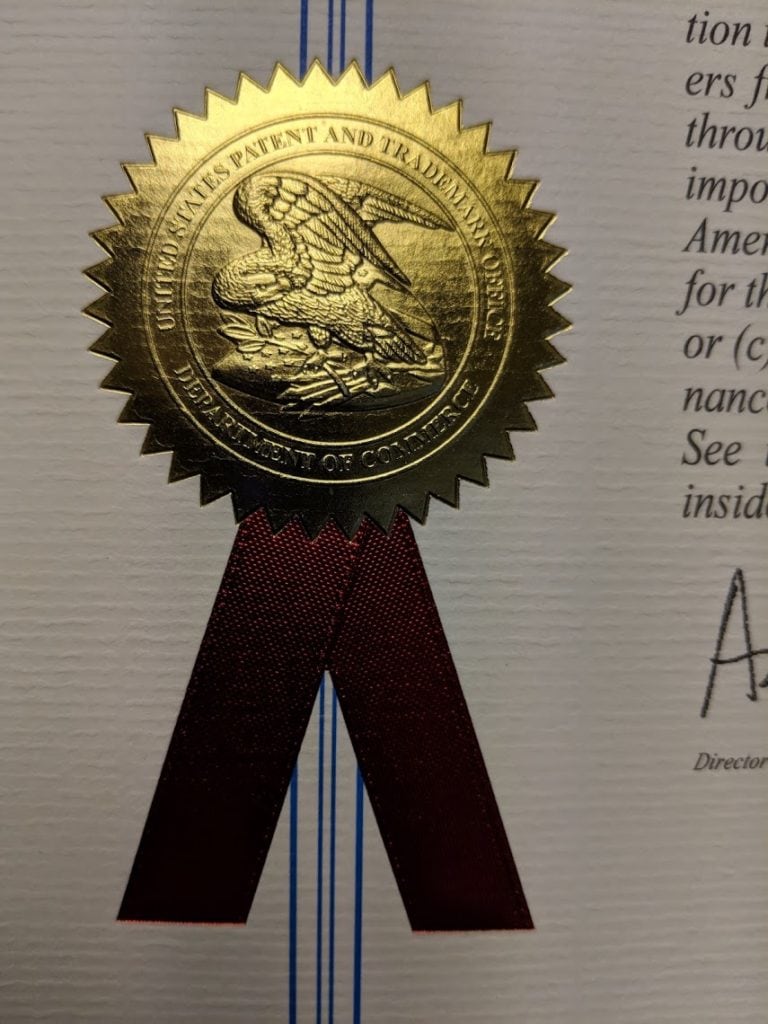Regenexx Is Awarded Another U.S. Patent

What’s long separated Regenexx from many other clinics offering stem cells to treat orthopedic conditions is our research program. Our lab-based and clinical-research programs often have novel discoveries, and on some of these, we have filed patents in the U.S. and abroad. While it’s one thing to file a patent, it’s quite another these days to be awarded the patent. It’s a difficult process, and the discovery must be truly one of a kind. In the case of our newest U.S. patent issued this week, the focus is on culture expansion of stem cells.
What Is Culture Expansion?
Culture expansion is when a lab grows cells to greater numbers. In the case of mesenchymal stem cells, the cells are grown in what’s called monolayer culture. Here they are seeded into flat plastic flasks and the cells attach to the plastic surface. The cells are grown until nearly confluent in an incubator. This means that they’re grown so that they almost touch each other. Before they get too crowded, an enzyme is used to get them off the plastic surface and then they’re seeded into larger flasks. The whole process repeats every 3–4 days until the cells slow in their growth or until two weeks have come and gone.
Growing cells in culture is always a balancing act between the number and potency The longer the cells stay in culture beyond about 10–12 days, the less potent they become. Hence, while you could theoretically grow many more cells in some patients by growing for longer, doing this means that the cells won’t work as well. This is often a problem with fat stem cells that have been culture expanded and sold by a lab to a physician. These operations vend cells by quantity, so they are incented to grow as many as possible. In fact, I just saw a patient this week with knee arthritis who failed culture-expanded fat stem cells injected into his knee for arthritis. He’s already had more relief with just our same-day bone marrow procedure than he had with cultured fat stem cells and is now pursuing our culture-expanded procedure. Why? It’s likely that the fat cells had poor potency as they were sold by the millions.
What Other Patents Has Regenexx Been Awarded?
Regenexx has been awarded many patents through the years, and I’ve covered some of these on the blog. For example, this blog entry details two Regenexx patents; one U.S. patent for a novel stem cell processing device and the other for our culture-expanded procedure in Europe. This U.S. patent was for the use of low-dose anti-inflammatory in cartilage healing. Finally, we’ve been issued a patent on a novel device to help inject stem cells into low-back disc bulges. We also have many more such patent applications winding their way through the long and arduous review process.
Our Most Recent Patent
When we began culturing stem cells to obtain greater numbers, we looked at many options for solutions that would help cells grow. One of these is called fetal calf serum (FCS). This is what it sounds like—the serum obtained from the blood of baby calves. The problem with FCS is that cows can carry a deadly brain disease called “mad cow.” We didn’t want to expose our patients to this risk, so we began using platelet lysate. This is made from the growth factors isolated from the patient’s own blood platelets. Through the years, we had to develop ways of using platelet lysate that optimized the growth of stem cells that came from older patients with osteoarthritis. That’s what this patent is all about. It should also be noted that since culture expansion isn’t allowed in the U.S., this patent applies to our sites outside of the U.S. that license our intellectual property for growing stem cells.
The upshot? Regenexx has always been different. Nowadays, when every Tom, Dick, and Harry clinic claims to be an expert in stem cells, only Regenexx has both a world-class lab and clinical-research programs that routinely produce discoveries that help our patients. These discoveries are often the subject of patent applications. So we’re thrilled to announce yet another recognition by the U.S. Patent office that Regenexx is very different!

If you have questions or comments about this blog post, please email us at [email protected]
NOTE: This blog post provides general information to help the reader better understand regenerative medicine, musculoskeletal health, and related subjects. All content provided in this blog, website, or any linked materials, including text, graphics, images, patient profiles, outcomes, and information, are not intended and should not be considered or used as a substitute for medical advice, diagnosis, or treatment. Please always consult with a professional and certified healthcare provider to discuss if a treatment is right for you.